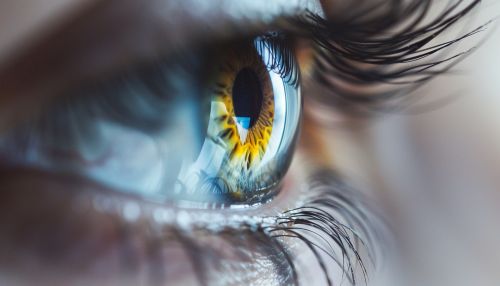Stargardt's disease
Overview
Stargardt's disease, also known as Stargardt macular dystrophy or juvenile macular degeneration, is a rare, inherited eye disorder that affects the macula, the small area in the center of the retina responsible for sharp, straight-ahead vision. The disease is named after the German ophthalmologist Karl Stargardt, who first described it in 1909.


Genetics
Stargardt's disease is an autosomal recessive disorder, meaning that it occurs when a child inherits two copies of an abnormal gene, one from each parent. The most common gene associated with Stargardt's disease is ABCA4, which is involved in the transport of vitamin A in the retina. Mutations in this gene can lead to the accumulation of a toxic substance called lipofuscin in the retinal cells, which can damage the macula and lead to vision loss.
Symptoms
The symptoms of Stargardt's disease typically appear in late childhood or early adolescence, although they can occur at any age. The most common symptom is a gradual loss of central vision in both eyes, which can affect tasks such as reading, driving, and recognizing faces. Other symptoms can include difficulty adapting to low light levels, color blindness, and blurry or distorted vision.
Diagnosis
The diagnosis of Stargardt's disease is typically based on a thorough eye examination, including a test called a fundus autofluorescence (FAF) imaging, which can detect the presence of lipofuscin in the retina. Genetic testing can also be used to identify mutations in the ABCA4 gene and confirm the diagnosis.
Treatment and Management
There is currently no cure for Stargardt's disease, and treatment options are limited. However, certain strategies can help manage the symptoms and slow the progression of the disease. These can include the use of low-vision aids, such as magnifying glasses and large-print books, and the avoidance of certain light conditions that can exacerbate the condition. Some research suggests that a diet low in vitamin A may also be beneficial, although this is a topic of ongoing debate in the medical community.
Research and Future Directions
Research into Stargardt's disease is ongoing, with scientists exploring various avenues for potential treatments. These include gene therapy, stem cell therapy, and drug treatments aimed at reducing the accumulation of lipofuscin in the retina. While these approaches are still in the experimental stages, they offer hope for future advancements in the treatment of this disease.
